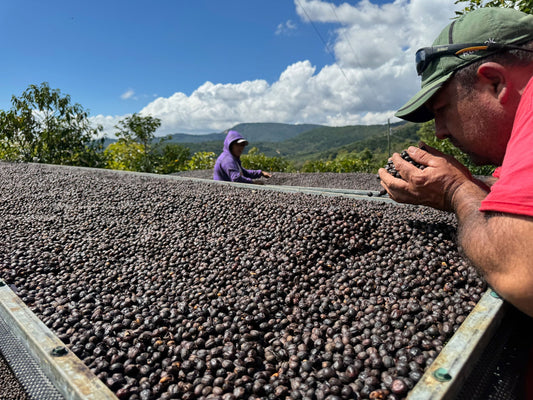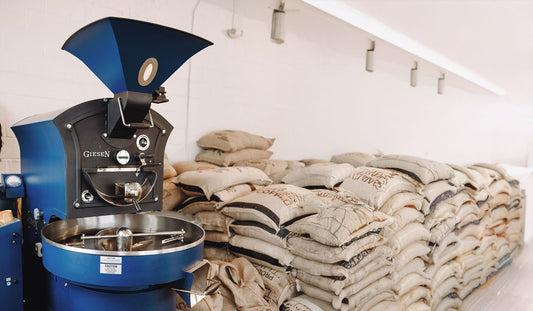In Ethiopia, the birthplace of Arabica coffee, the majority of coffee cultivation is managed by smallholder farmers, not vast, industrial-scale plantations. This traditional, smaller-scale approach is integral to the country's coffee production, which is renowned for its exceptional quality. These farmers grow coffee under the shade of taller trees, in harmony with the environment, without relying heavily on harmful agrochemicals. This method not only supports the biodiversity essential for high-quality coffee but also sustains the livelihoods of approximately 15 million Ethiopians involved in coffee production (Rainforest Alliance).
Small-Scale Farming
The Ethiopian coffee sector is a vivid example of Adam Smith's vision of a nation of small producers and shopkeepers, with prices determined by the laws of supply and demand in a competitive market economy. In Ethiopia, about 95% of the coffee is produced by these small farmers, illustrating a market-driven, small-scale farming model that significantly predates modern capitalism. This model has deep roots, with coffee cultivation in Ethiopia dating back to as early as 600 AD.
Landscape & Climate
The landscape of Ethiopian coffee production, however, is not without its challenges. Climate change poses a significant threat to this vital sector. Increasing temperatures and erratic rainfall patterns are impacting coffee yields, threatening the livelihoods of the garden producers who have cultivated coffee in Ethiopia's forested landscapes for generations. These farmers possess a wealth of intergenerational knowledge, crucial for the continued production of Ethiopia's distinct coffee varieties. To address these challenges, initiatives focus on promoting sustainable growing techniques, such as agroforestry and organic fertilization, to boost soil nutrients and thus coffee productivity (Rainforest Alliance).
A Rich Diversity
Ethiopia’s coffee sector is characterized by its diversity, not only in the types of coffee it produces but also in the ways these small villages function and bring their harvests together. This collective effort contributes to the diverse range of coffee available to roasters, offering an array of flavors and profiles unique to different regions within the country. The system of smallholder farming in Ethiopia underscores the importance of community and collective action in maintaining the country's status as a top coffee producer.
The story of Ethiopian coffee is a blend of tradition, community, and adaptation to modern challenges. It’s a sector underpinned by the hard work of smallholder farmers, whose practices contribute to the rich tapestry of Ethiopian coffee renowned worldwide.
As the global coffee community continues to enjoy Ethiopian beans, understanding and supporting the sustainable practices and challenges of these small producers are vital for ensuring the longevity and resilience of this cherished coffee heritage.



